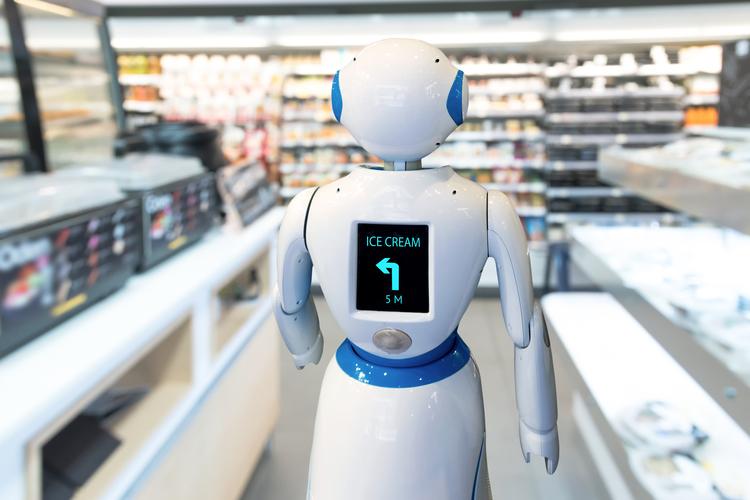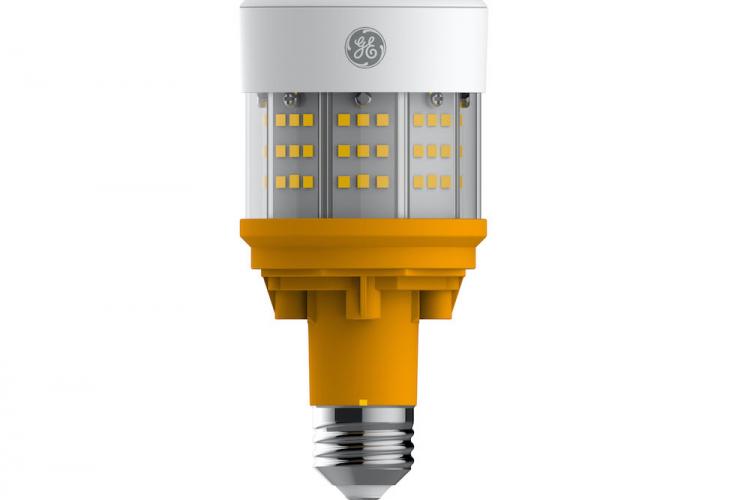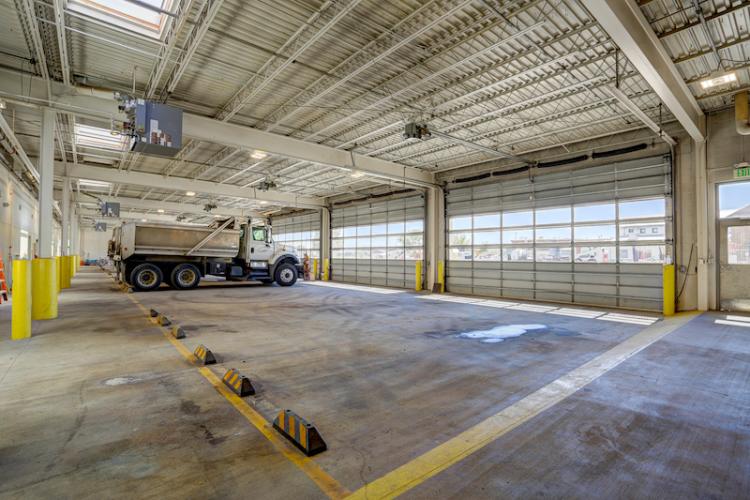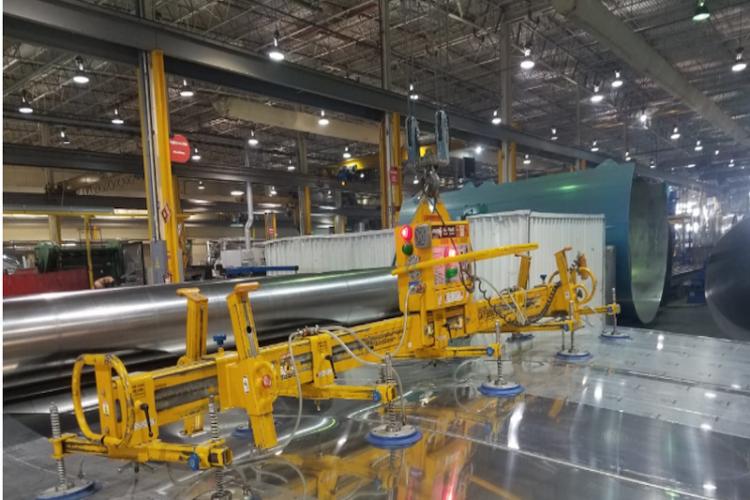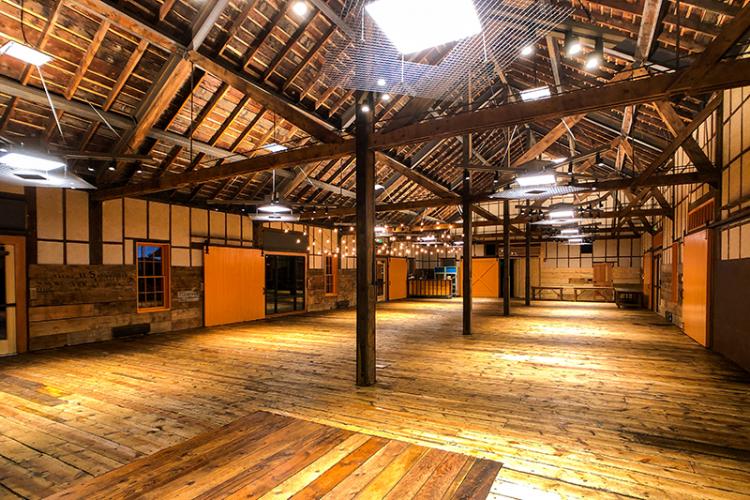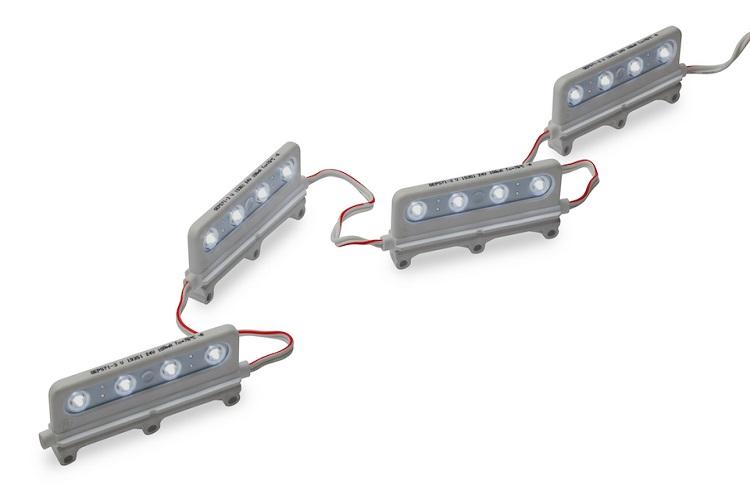A Chat with Charles: About the High-Tech Retail Revolution, Robot Retail Stores and Whatever Happened to RFID?!
A Chat with Charles: About the High-Tech Retail Revolution, Robot Retail Stores and Whatever Happened to RFID?!
Charles Zimmerman, recently retired V.P. of Design and Construction for the International Division of Walmart Stores, Inc., and Jerri Traflet, senior retail technology executive for Current, have traveled countless miles in their careers to see how retailers across the world are innovating with the latest technologies. Recently, Charles and Jerri joined Current to chat about the digital transformation of stores, new efficiencies in inventory management and how the shopping experience will never be the same now that data has changed the game…
Current: Charles, hello again and before we start, welcome back from China—how was your trip?
Charles: Thank you, it was fantastic, and let me tell you that I visited a new kind of offline retail store, those supermarkets that are about a thousand square meters, where 50 percent of the orders are being picked for delivery, and it’s the future of retail in my opinion.
In fact, in the first store I went to there were more pickers than customers. They’re selecting items and putting them in flexible totes, and throughout the store are conveyor stations where the totes are placed on hooks and taken to the back to go out for delivery. As you walk, you see all these totes passing above you and it’s fascinating. Everything in the store has a price tag with a barcode that you scan using your smartphone, and at checkout you just scan your phone again and you’re on your way.
What you have is a traditional supermarket and an offline store, all in the same space, and if you live within three kilometers delivery is guaranteed in 30 minutes. It’s the best example of frictionless checkout that I’ve seen yet.
Jerri: Charles that’s incredible, and I agree that if I'm a retailer right now, I want to see what's happening in China. Of course, this concept works well in large cities with millions of people so it’s hard to say how quickly others will adopt it, but here in the U.S., for example, there are department stores where every LED light will now have indoor positioning capabilities to “see” activity on the sales floor, so that’s another leap in the evolution of managing shoppers and inventory in a more streamlined way. That visibility from what’s on the shelf to what’s in the backroom to what’s in the customer’s basket is huge for all retailers, and it’s driving a lot of the change we see today.
Indoor positioning in every light? Are we at the point where data collection devices and other digital technologies will be in every store?
Jerri: I think we’re close, and where technology is really going beyond right now is partnering computer vision with IPS-type solutions to do new things around path of purchase, conversion and theft prevention. Computer vision has been around for a while now to make sure that items in the cart get added automatically to the POS transaction. I recall a lot of grocers on the West Coast were implementing it years ago and the technology has significantly improved since then. Store owners certainly understand the value it can create, but the challenge is affording it.
That’s why Current is working to make vision systems accessible to retailers in places that are critical, like the checkout lane or where you have a lot of high-margin items. It can also be a solution for keeping track of things that move quickly and constantly need to be replenished. We’re talking about sophisticated cameras that will be able to figure out what the in-stock position is and if they can access data from inventory; now they know where there’s an overage or where items are out of stock.
It’s also about delivering data on where people are within the store, plus the ability to communicate actionable information to shoppers, so again it’s combining these camera systems with positioning, people counting, wayfinding and dwell-time capabilities to really demystify that customer journey for the retailer and gather insights into the behavior of people.
We already have cameras that can identify thousands of different items by the size, shape and coloration of the box and we’ve been able to do that for some time, it’s just that now we’re bringing in the analytics against it to take things to a new level.
Not long ago, RFID was touted as the next great inventory-tracking technology, but now it seems forgotten. Why is that?
Charles: I agree you don't hear a lot of people talking about RFID anymore. And it’s funny, because 20 years ago that's what we were all talking about. I even remember a U.S. store design that was going to be 100% RFID, and it had checkout stations where you pushed the basket through and a screen would show all your purchases, and you just clicked if you agreed or not. Even then, I think we knew something better was going to come along, and if you look at what’s being rolled out today, we’re almost there, we just haven't figured out how to deploy it with 100% accuracy.
That said, the cost of RFID has fallen sharply and as e-commerce sales exceed $400 billion in the U.S. alone, there is some new buzz around the technology and how it can support increased “source-to-store” accuracy and visibility. RFID is still a consideration for many large retailers, so it’s not hard to see the technology finding a home in fulfillment centers and other distribution points as online shopping becomes the new norm.
A lot has been said about how technology will further transform the shopping experience. As you visit stores around the world, what’s your opinion of what’s working?
Charles: What I’m seeing is what’s typically referenced as the “endless aisle,” where if I'm in electronics and I'm looking at the assortment of TVs, I have a way with my smartphone to access all the rest of the assortment of TVs at that retailer’s website. I've seen this done in just about every way you can imagine, including actual cardboard catalogs in front of the TV that I can thumb through and find the exact size and options I want, then scan it with my smartphone and order it right there.
You also see things like barcodes underneath the TVs and there’s one for the 36-inch model, one for the 30-inch, 28-inch, etc. It becomes this idea that while you're in the store, we’re giving you immediate access to the broader assortment that’s online, and whether you call it the endless aisle or something else, everyone is doing it, but I don’t think anybody's figured out the best way.
A flipchart catalog might not be the right way for a lot of people, but then there's somebody like me that's close to 60 years old and that's not how I would do it. I think the concept is still taking off and while it has a long way to go, it's certainly not slowing down. That's really the idea behind these supermarkets in China, where you’ve got this little store but it’s tying into the broader franchise and everything under the sun.
Have you observed other ways technology is changing the in-store experience for consumers?
Jerri: You know, adding to what Charles said, there’s a new concept that retailers are turning to where associates are physically in the aisles with scanners to assist you with checkout, where they can scan your purchases and bag those items for you too. They’ll basically intercept you and you can pay for everything and get your receipt while you’re walking out, so it’s incredibly fast and convenient for the folks who want it.
And maybe that’s only feasible if you have a limited number of items in your basket, but it’s a format that’s already being proven and expanded on to get people out of the store quicker, where you don’t even have to break stride, essentially. Waiting in line tops the list of shopper complaints no matter what store you’re talking about, so anything that promises to streamline the route to checkout will always be popular among retailers. Probably the most dreaded person in the store is that cashier because you know you’re going to stand there and wait for service, but if that person can now be serving you at the point of your need, then the whole dynamic of the store can change.
Will smarter stores also mean fewer jobs in the future? What happens to the friendly cashier or helpful associate when I can check myself out, and all the info I need is already on my phone?
Charles: Personally, I can't remember the last time I didn't check myself out at a store where I had the option. Even in my little town we have a supermarket with 30-some checkouts and about half of those are self-service now. I think in most cases, you’re seeing those associates redeployed for other purposes, such as picking, boxing or delivering the online orders that are coming in, or assisting shoppers right there on the floor. I don't necessarily see headcount going down as much as I see headcount being redistributed.
Among young people you're going to see that move to mobile devices and frictionless checkout continue, of course, but remember there are millions of Boomers and Gen X’ers that still need to shop. I can tell you there are grocers out there who are just now getting into self-checkout and there are others who have been doing it for a while, but they're opting not to go to that next generation of technology that comes out. It really depends on the retailer’s strategy and how they service their customers. In fact, many stores are electing to keep all their cashiers to differentiate their business and appeal to that more traditional consumer base.
In ten years, we’ll still have cashiers and there will always be situations where you need to talk to an associate, but if you choose not to go through those people there will be more options for how to do that.
Keep in mind, as low as the unemployment rate is right now, retailers are still struggling to get enough qualified people on the floor to help those customers, and that’s where technology can provide a tremendous benefit by taking someone new to the industry and making them productive practically from day one. Maybe that’s a mobile device that allows an employee to move freely from one department to the next and be just as effective because it’s the same technology, it’s just looking at different products.
If it's simple and not something that's going to take weeks to learn, you can arm fewer associates with better tools to serve the customer, which is helpful in combating the high turnover a lot of stores experience.
Are retailers also changing from within to adjust to this new digital reality?
Jerri: Oh, absolutely. Most major retailers now employ customer experience officers and entire departments that are focused solely on the shopper and gaining a holistic view of what that person needs. If you’re not thinking this way—if you don’t have a secret lab that’s dedicated to testing emerging technologies and new operating scenarios—you’re going to be chasing the competition who uses data to tailor its services to specific customer demographics. That’s clearly going to push traditional retailers to think differently about getting people to shop on as many different levels as they can.
So, despite all these changes, the brick-and-mortar store isn’t going away anytime soon?
Charles: No, and I often wonder if we're going to start solving problems that aren't really problems. For instance, does a person really need a refrigerator to tell them they only have half a gallon of milk left when they already know that? The point is, technology can become cluttered for shoppers without providing a true benefit, and that's the conversation I suspect is taking place now, about how much information and feedback is too much. Some shoppers want to come to the store and filter all of that out, they don’t want any of it.
Also, consider how important impulse purchases are to retailers and how those moments tend to happen organically in stores and less so online. That’s something that’s irreplaceable to the shopping experience no matter how fast your internet connection is. Customers want to visit stores for the same reasons they always have, it’s just a matter of engaging them differently and on their terms. Fortunately, retailers have no shortage of options for transforming their stores with new digital technologies.
See how leading retailers are leveraging LED lighting and controls to create amazing possibilities.


